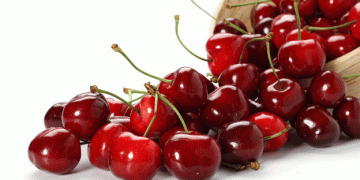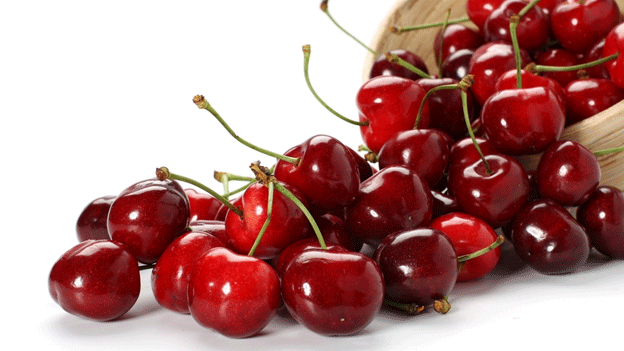Impact of Climatic Conditions on Cherry Production
The cherry production in Italy faced significant challenges due to varying climatic conditions across different regions:
- Southern Italy: High temperatures led to early production issues and accelerated harvests, creating supply constraints early in the season. The early ripening affected the quantity and quality of cherries available for the market, contributing to higher prices due to limited supply.
- Northern Italy: Despite an initially promising season, adverse weather later impacted the yields. Unfavorable conditions, including rain and storms, affected the harvest, reducing the overall output and further tightening supply.
Market Dynamics and Price Trends
The reduced supply of cherries in Italy, compounded by shortages in Spain, resulted in significant price adjustments:
- Consumer Spending: Between April 29 and June 16, 2024, Italian households increased their spending on cherries by 20.3% compared to the same period in 2023. This rise in expenditure reflects both the higher prices and the strong demand for cherries despite the limited availability.
- Retail Prices: The average retail price for packaged cherries increased by 4.8%, illustrating the market’s response to supply constraints. Additionally, the lack of Spanish cherries, which are typically a significant supplier, pushed prices up by 4%. The delayed entry of Turkish cherries into the market also contributed to price stability at higher levels.
Global Influence and Supply Chain Adjustments
The cherry market in Italy is also influenced by global supply chain dynamics:
- Spanish Cherry Shortage: The scarcity of Spanish cherries, a key import for Italy, created a gap in the supply chain, driving up prices as demand outpaced supply.
- Turkish Cherries: The late arrival of Turkish cherries provided some relief but was not sufficient to offset the overall supply shortage. The delay added to the price pressures already present in the market.
The 2024 cherry season in Italy highlights the significant impact of climatic conditions on agricultural production and market prices. Despite high consumer demand, limited production and supply chain disruptions have driven up prices, leading to increased household spending on cherries. For farmers, agronomists, and agricultural engineers, these trends underscore the importance of adaptive strategies and resilient agricultural practices to mitigate the effects of climatic variability.


































